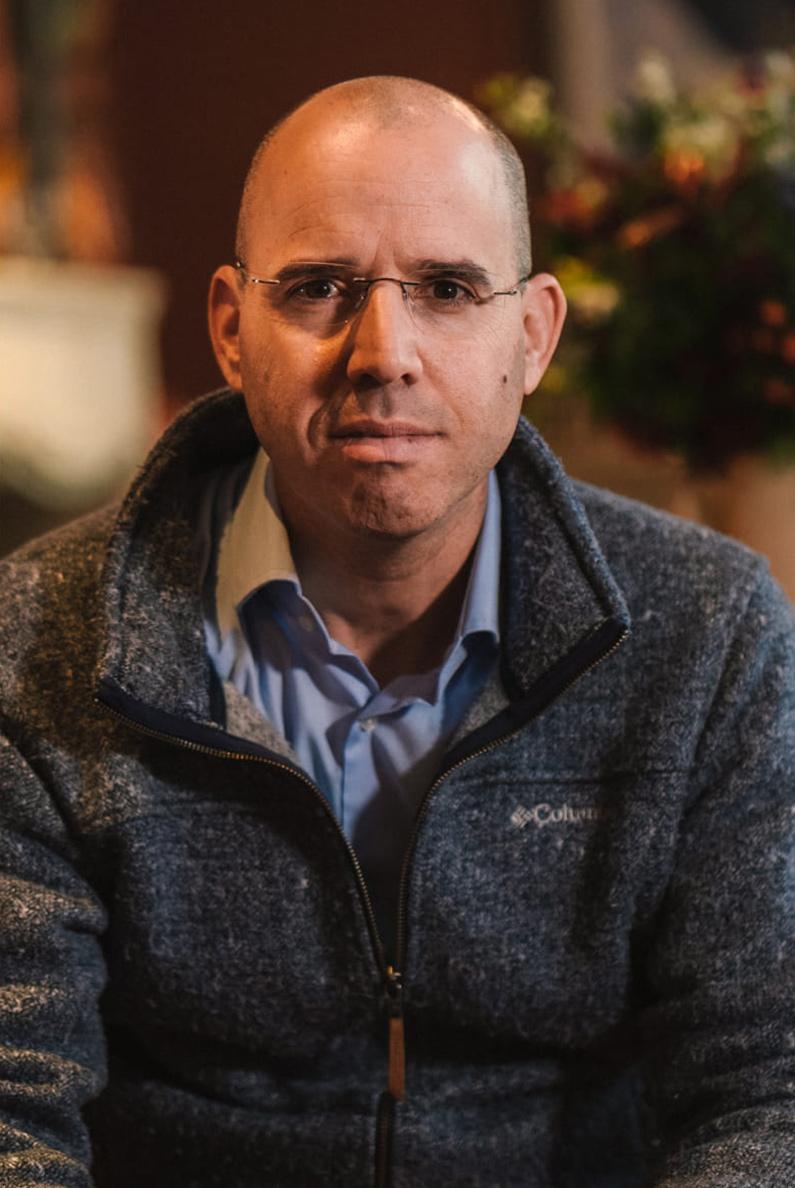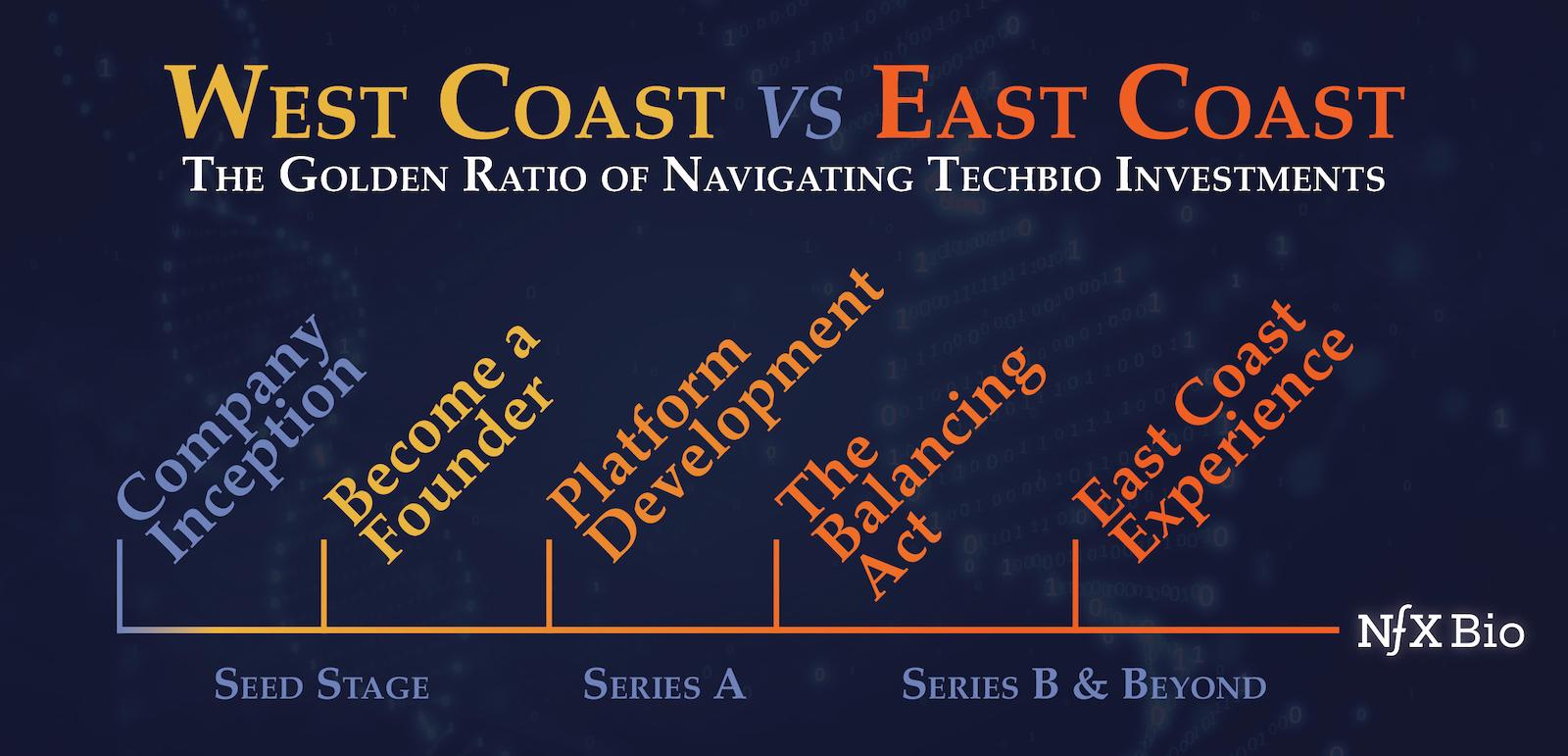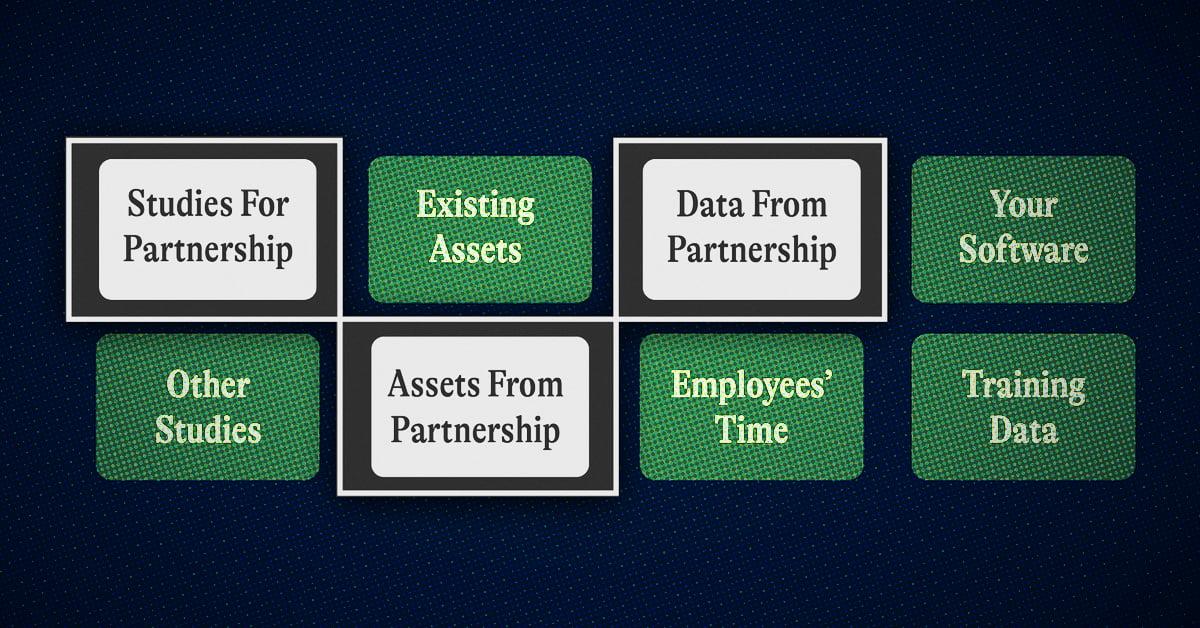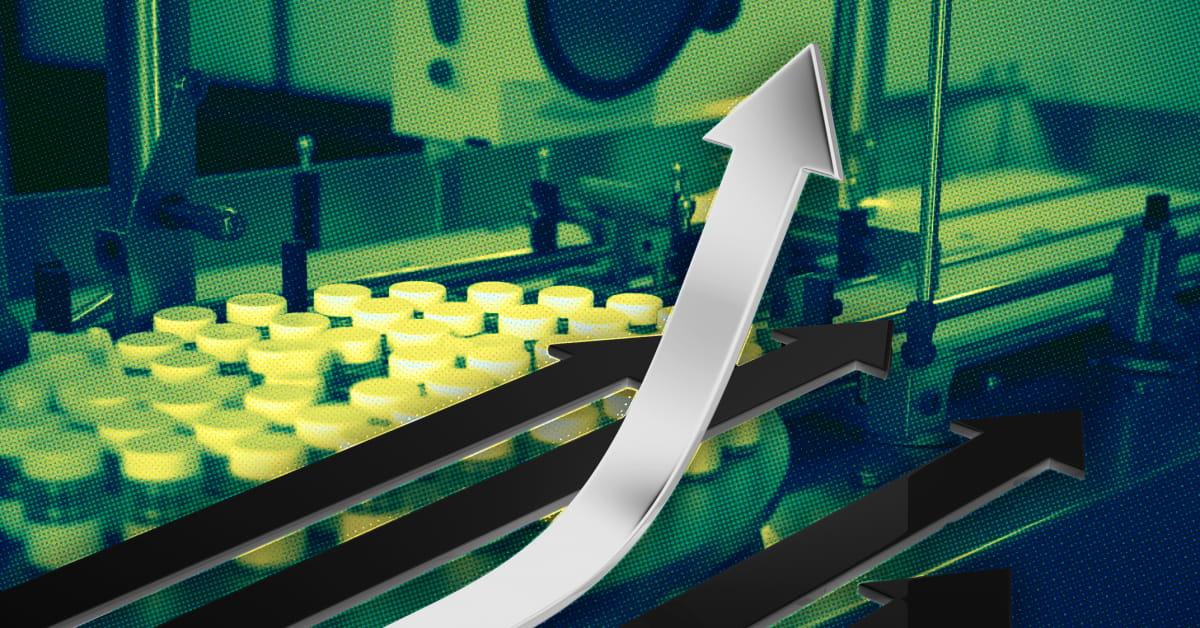

When the biggest AI leaders get on stage and talk about how AI will change the world… they’re really talking about biology.
Yes, they say “AI.” But the breakthrough use cases are almost always AI-enabled bio.
I hear too many postdocs and PhDs complain that it’s impossible to get funding as a bio founder right now. “Everyone only wants to fund AI,” they say. YC dropouts are raising $5M on $100M pre for another AI company. Meanwhile, Nobel laureates with cancer-curing insights can’t get funded or get ridiculously low valuations.
Here’s what I tell them: AI and bio aren’t separate stories. They can be the same story. It’s inspiring, inevitable, and very fundable. This isn’t just hype – together, AI and bio create real, defensible, meaningful solutions to some of the world’s most important problems.
We see it in our portfolio daily. If you’re still separating AI and bio, you’re already behind.
The AI Utopia Doesn’t Exist Without Bio
What is the promise of AI, if we really break it down?
Yes, it will make work faster and more efficient. Yes, it will unlock new consumer experiences. But what’s the picture Sam Altman or Jensen Huang paint when they get on stage? It’s about exploring the universe, curing diseases, living longer and healthier, ending climate change.
AI that invents new science – and bio in particular – is essential to the AI vision.
Sam Altman has said that scientific discovery is the AI use case that interests him the most. In April of 2025, Demis Hassabis, the CEO of Google’s DeepMind predicted that AI in drug design is advancing fast enough to potentially cure all diseases in ten years. This summer, Open AI’s CEO of Applications wrote on OpenAI’s blog that she is personally “the most excited for the breakthroughs in healthcare AI will generate.” She shared her own struggle with a rare chronic illness — and how she had to hire Stanford tutors and launch a research institute to understand it. Her conclusion: “With AI, most people won’t have to.”
Jensen Huang has put it very simply: “AI for science is where we will make the greatest impact.”
I could pull quotes like this all day. When AI leaders want to convince investors, regulators, or the public that their technology matters, they reach for bio.
If you’re a bio founder, that should energize you. Not discourage you. The leaders raising billions and shaping the future are the same people most excited about you, and your technology.
How Bio + AI Companies Are Turning Hype to Reality
Most people read quotes about AI utopia and think it’s all a little overhyped. But that’s because when they think of AI, they think of ChatGPT wrappers, or chatbots. They don’t see this invisible world of AI in bio – where true, life changing breakthroughs are very much possible, and around the corner.
This is even true of some AI investors. They don’t get the AI x Bio connection – they say “go talk to bio investors, we don’t know this space”. You need to show them what you are actually doing – how you are tackling massive industries, and solving some of humanity’s oldest problems.
Every day, I am so inspired by the portfolio companies we work with. They’re combining AI and bio’s defensible magic to do amazing things. For example:
Our company Mana Bio is using AI to speed up the design, build, test, and learn cycle for the creation of lipid nanoparticles. This approach is allowing the creation of new LNPs that can deliver therapies to destinations in the body that couldn’t be reached before – unlocking the promise of genetic medicines.
Another example is our company Zip Bio. Zip has essentially trained LLMs on amino acid and DNA sequences, allowing them to create proteins from scratch. In Zip’s case, they are capable of “compressing” therapeutic components in specific molecules to create new, smaller, easier-to-deliver, treatments.
Our company Pumpkinseed has a slightly different approach – getting data no one else can get to train AI. Pumpkinseed has developed a chip capable of using Raman spectroscopy to identify and sequence proteins and peptides in never-before-seen detail. Their sensor and technique captures troves of unique data and their proprietary AI allows them to make use of that data and use it to better identify disease states, and eventually, develop new treatments.
It’s the rare company that actually has very strong data network effects.
Finally, we’re seeing bio companies actually generate early revenue thanks to their AI and software components (yet another reason we love bioplatforms). La Jolla Labs pairs high-throughput screening with AI to quickly generate RNA drug candidates that modulate gene expression with precision, opening new shots on goal for hard diseases like Parkinson’s. But importantly, they’ve also generated early revenue thanks to their AI and software component, which they can use to advance their own asset pipeline.
Why You Didn’t See This Story Before
This story is a huge tailwind for you as a bio founder, and it feels obvious now. But, if you didn’t see it, don’t be too hard on yourself.
Academic training doesn’t teach you to read the bigger picture like this. It teaches you to work within the system. You develop your technology, publish in journals, and look for grants and other sources of non-dillutive funding.
If fundraising feels brutal, you’re not imagining it: traditional healthcare capital is tight and grant funding is shaky. But the aperture is wider than it looks. AI has brought a new set of investors to the table.
Zoom out to where the demand is growing: healthcare plus AI across healthtech, diagnostics/tools, and biopharma. When you include the AI dimension, the deal flow looks very different. It is very active:


Most of the bio companies we back already slot cleanly into this narrative. The job now is making that angle obvious to tech investors and showing them why you’re a fit for them, too.
You likely have more founder-investor fit with tech investors than you (or they) realize. Here are three insights we’ve seen companies use:
- Defensibility is rare: In software, moats are contested. In bio, AI + biology can crystallize into patents, data rights, and clinical validation. Investors are looking for defensible companies, and you are the most defensible around. You have IP!
- Compatible skills: You have domain expertise; they know how to build data pipelines, models, and GTM for software. That combination works very well for bioplatforms, especially as you look to scale up the software or AI component.
- Tech investors have a lot to offer: They’ve funded AI for law, manufacturing, and finance without being lawyers, plant managers, or bankers. They don’t need to be biologists to help you scale an AI-first platform that produces biological outcomes. You handle the bio; they can help you scale the business.
Translate your platform into their language — loops, leverage, and defensibility. If you can combine that with strong scientific proof, you’re a very solid bet for any tech investor.
What if I’m Not an “AI in Bio” Company?
I also hear this all the time. For the vast majority of techbio companies we work with, there is always an AI component that can be made more clear.
Here are some ways we see companies showcasing how they fit into the AI vision:
- AI is a Powerful Tool. AI is a tool most bio companies use. But you can highlight how it is helping you make better sense of the data, or even better, uncover proprietary data you can then translate into assets. If you are using it to unlock insight, investors will want to know about it.
- The Translation Layer. Foundation models trained on massive biology datasets are great at generating insights. But somebody has to turn those into physical reality. If your platform is the translation layer — the bridge between AI prediction and wet-lab proof — you become indispensable.
- AI in Regulation & Clinic. Your product might not be AI. Doesn’t matter. If you’re using it to de-risk regulatory submissions, spot trial signals earlier, or forecast safety events, you’re rewriting one of the costliest and slowest parts of techbio.
Or, as we mentioned before, you can show how your technology fits within the greater AI tailwind.. AI may not be core to your technology, but as a techbio company, you are core to the vision AI companies are desperate to achieve.
You can find your niche in this story. You are probably overlooking it right now.
What This Means for Bio Founders
Bio founders, the AI visionaries need you. Without you, the AI utopia can’t exist.
Scientists are the only people who can take AI, and point that powerful force towards the world’s biggest problems. The biggest AI companies in the world aren’t doing this right now. They’re competing over models, and building apps. (With the exception of DeepMind’s AlphaFold spinout isomorphic labs.)
They need you to take their technology and combine it with your science. In fact, they’re counting on it.
The first thing you need to do is make sure the public, your customers, and your investors see this vision too. But first you must see it in yourself.
Realize the role you all play in making the AI future the best it can possibly be and don’t be afraid to tell that bigger story.
It’s up to you.
As Founders ourselves, we respect your time. That’s why we built BriefLink, a new software tool that minimizes the upfront time of getting the VC meeting. Simply tell us about your company in 9 easy questions, and you’ll hear from us if it’s a fit.



